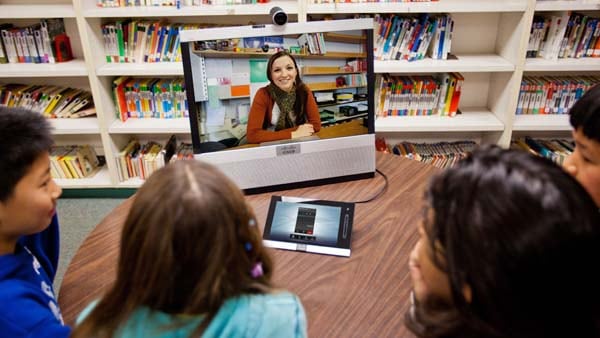
Specific: Specific metrics are clear and well-defined. Both the grantee and the grantor know what is expected, and the grantor can monitor and assess actual performance against the metrics
Measurable: Progress toward metrics is monitored while work is underway. A measurable metric, tracked by the nonprofit, shows when work has been done and when a metric is achieved
Achievable: Achievable metrics ensure that everything is in place to meet the metric. If the grantee does not reach its goals, it needs to be able to explain why
Realistic: Metrics should be realistic. A metric may have a dependency, such as particular skills, access to resources (computers, tools, etc.), or access to key people and management support. Realistic metrics take these dependencies into account
Timely: Descriptions of metrics should include timelines, showing what is required, when. This may include details of delivery, stating (if relevant) where metrics are to be completed. Giving a timeline adds an appropriate sense of urgency and ensures that the metrics do not extend over an unreasonably long period
Examples of SMART metrics

- In year 1, we will serve at least 1700 children and youth; 500 in Renaissance Village, and 1200 in four elementary or middle schools
- In 2006-07, the number of Hispanic students participating rose to 5592, an increase of 61%. The target for 2007-08 is 7500 Hispanic students, or an additional gain of 34%
- Staff to client ratio improves from 1:35 to 1:50, with a stretch goal of 1:70 by the end of 2009
- Reach 460 schools and 84,000 students in 2008, and 770 schools and 134,000 students in 2009
Examples of metrics that are not SMART

- In year 1, we will serve at least 1700 children and youth; 500 in Renaissance Village, and 1200 in four elementary or middle schools
- In 2006-07, the number of Hispanic students participating rose to 5592, an increase of 61%. The target for 2007-08 is 7500 Hispanic students, or an additional gain of 34%
- Staff to client ratio improves from 1:35 to 1:50, with a stretch goal of 1:70 by the end of 2009
- Reach 460 schools and 84,000 students in 2008, and 770 schools and 134,000 students in 2009



